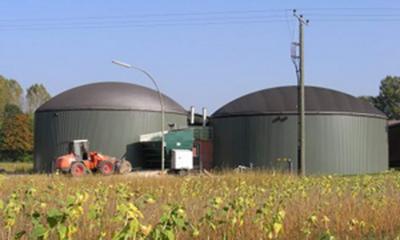New freshwater reforms will result in 56,000 km more fences protecting New Zealand waterways from stock – enough to go round the world one and a half times, says Primary Industries Minister Nathan Guy.
The new rules on stock exclusion are part of the Government’s plans announced today setting a target for 90% of rivers and lakes to be swimmable by 2040.
“Farmers have made huge progress in recent years to improve their environmental practices and this will be another important step forward. Dairy farmers have already voluntarily fenced off over 24,000km of waterways,” says Mr Guy.
“We know that stock standing in or regularly crossing waterways can do significant damage. While dairy farmers have voluntarily fenced off around 96% of their waterways, we want to extend this to other types of farms as well.
“The proposed national regulation would ensure that dairy cattle, beef cattle, pigs and deer are kept out of waterways.
“We need to ensure the changes are practical for farmers, so the exclusions would be implemented in a staged process starting this year through to 2030, depending on the stock type and land slope.
“There are long term benefits for the primary industries and wider economy from these reforms. Overseas markets and consumers increasingly demand a strong environmental performance over and above regulatory requirements. In this context, protecting New Zealand’s natural advantage has never been more important.
“No single organisation or group is solely responsible for improving our water quality. Meeting the target will take a collective effort, but the primary industries have a key contribution to make.
“In the meantime, the Ministry for Primary Industries continues to work with the primary sectors to invest in good ideas which promote environmental best practice. One example is the Farm Systems Change program, which identifies high preforming farms and uses farmers’ networks to spread their knowledge.
“Another is a major programme under the Primary Growth Partnership, called Transforming the Dairy Value Chain. Under this programme effluent management systems have been improved, and every region now has a riparian planting guideline developed in conjunction with regional councils.
“As a Government we are committed to growing the primary industries at the same time as improving water quality. Water storage schemes like Central Plains Water and the Waimea Community Dam help in this by taking pressure off groundwater sources and maintaining summer river flows, delivering both economic and environmental benefits.
“We also know that science will play a major role in improving our freshwater. The ‘Our Land and Water’ National Science Challenge is investing $96.9 million over 10 years into this, hosted by AgResearch and involving six other Crown research institutes.
To read the proposals, and find out how to have your say, visit www.mfe.govt.nz





